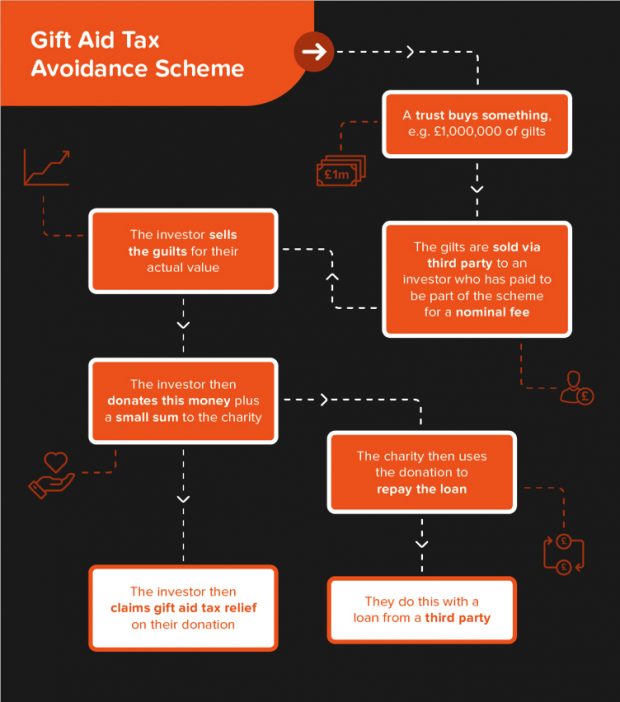SMEs are paying more corporation tax than bigger businesses
According to figures released earlier this year, SMEs are in fact paying more corporation tax than larger more complex organisations.
Specifically, the rate paid by SMEs in 2016 was 21.7%, while it was 20% for businesses with a turnover of £1billion.
The research was conducted by accountancy firm Moore Stephens, who said in January 2018, that:
“The statistics suggest that larger corporates may be somewhat better at identifying and claiming the available reliefs than their SME counterparts.
“Furthermore, there are several tax reliefs targeted at SMEs like Research and Development tax credits and 100% Capital Allowances reliefs, but despite this they remain stubbornly under-claimed, mainly through lack of awareness.”
So, SMEs do have options available to them to secure tax relief, but they’re not taking advantage due to lack of awareness. What this can lead to is them becoming involved in more complex tax avoidance schemes that could eventually see them being in hot water with the tax man.
When it comes to tax avoidance schemes, HMRC established the Disclosure of Tax Avoidance Schemes (DOTAS) which means anyone involved in or promoting a Tax Avoidance Scheme must disclose it to HMRC.
Each tax scheme known to HMRC will have a number that small businesses must place at the top of their tax return.
If small businesses are involved in schemes that aren’t being disclosed, there are severe penalties. Specifically, for businesses found to be using a scheme, penalties begin at £5,000. For those who devised the scheme and didn’t report it, the penalties can be as high as £1million.
Solution Loans is assisting SMEs by helping them identify if they are involved in a tax avoidance scheme and whether this should be disclosed to HMRC.
The detailed guide includes the seven things to look out for as well as handy graphics illustrating the steps taken in some of the more popular tax avoidance schemes.
We’ve included them below:




